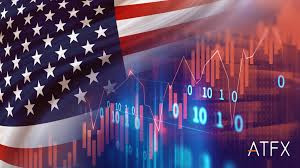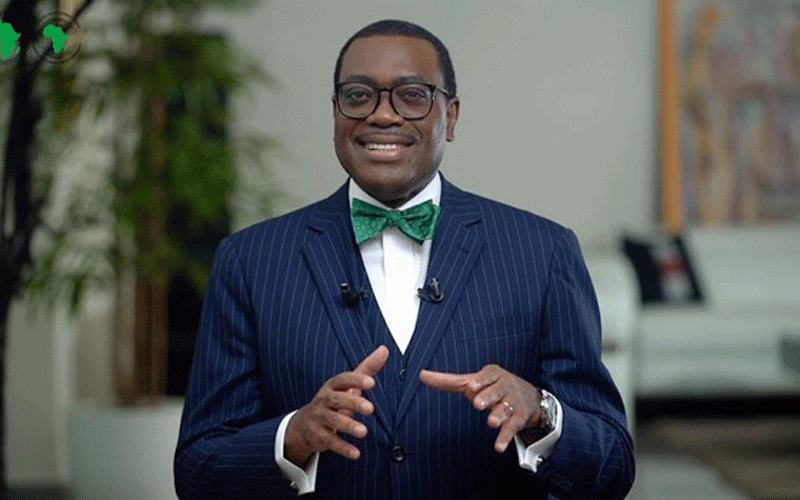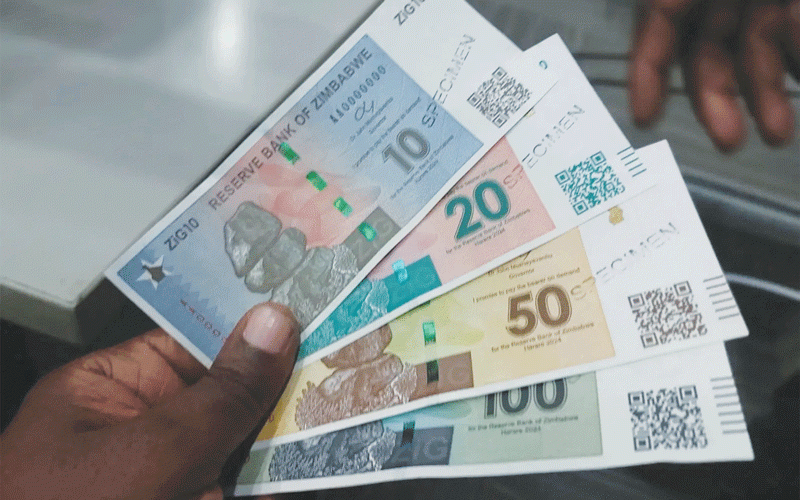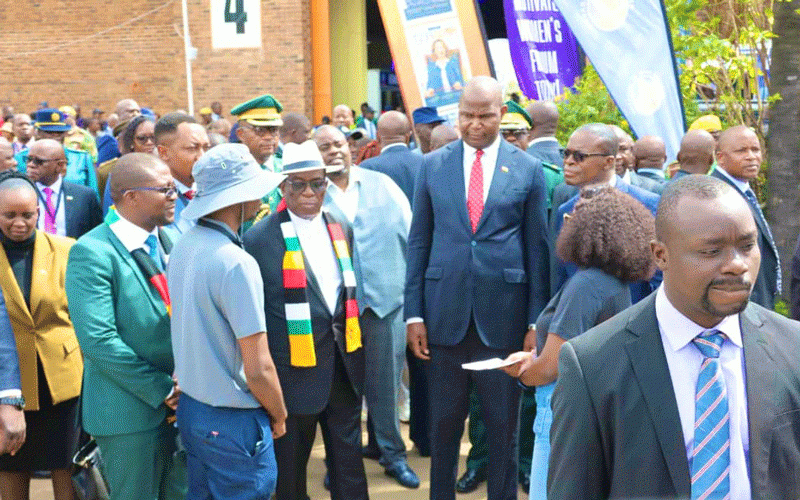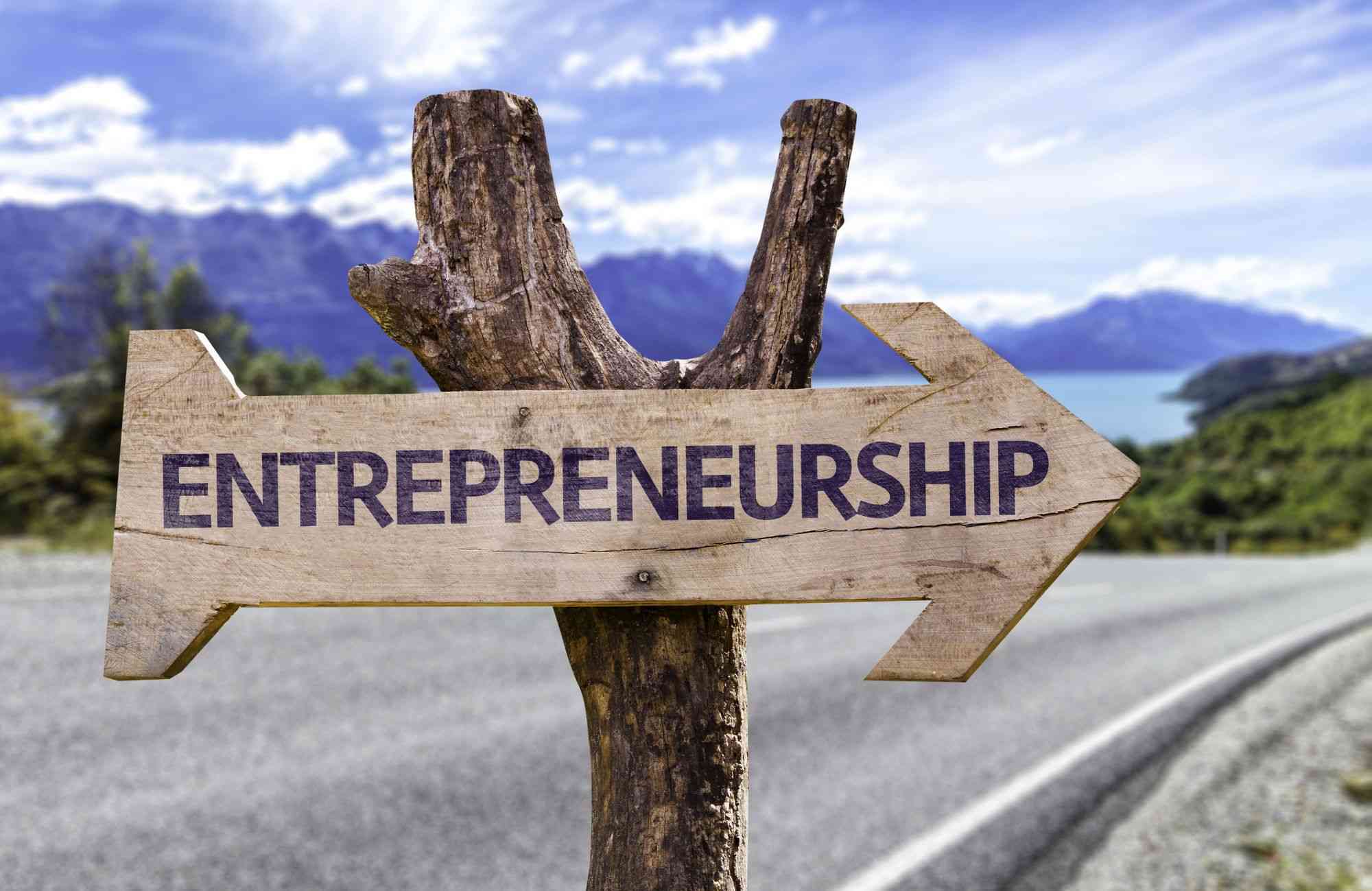
Intangible assets can be described as those that are not physically present or do not have a physical form.
This means they cannot be touched or possessed; however, they still contribute to the operation of the business and generate economic and existential benefits for the brand and enterprise.
Based on their physical existence, assets can be divided into two categories: tangible assets and intangible assets.
The difference between tangible and intangible assets is that tangible assets can be seen, felt, and touched, while intangible assets cannot be perceived in these ways.
Examples of intangible assets include patents, copyrights, goodwill, trademarks, and similar items.
When acquiring, developing, and maintaining intangible assets, businesses often prioritise resource allocation.
Intangible assets include scientific or technical expertise, the design and implementation of new processes or systems, licensing, intellectual property, market information, and trademarks. These areas are where organisations invest their resources.
Several types of intangible assets are strategic for pan-African entrepreneurs.
- Ex-UK envoy roasted over ED links
- Business opinion: Branding in the age of entrepreneurship and industrialisation (Part 22)
- Business opinion: Branding in the age of entrepreneurship and industrialisation (Part 21)
- Business opinion: Branding in the age of entrepreneurship and industrialisation (Part 20)
Keep Reading
The entrepreneurs must be intentional in how they establish a reserve of these intangible assets, which exist in different types and forms as defined in the preceding propositions below.
Goodwill refers to the difference between the acquisition price of an entity and the total amount of assets and liabilities acquired by that entity.
It is created when one entity acquires another, and the additional premium paid to purchase any firm is known as goodwill.
However, goodwill cannot generate cash flows for the acquiring business on its own.
Unlike other intangible assets, it is not subject to interest deductions because it is classified as a non-current asset.
Research and development (R&D): In today’s business world, companies have been allocating a significant portion of their budgets to R&D.
This is because R&D has enabled them to acquire new business expertise and discover potential new business areas. Any patent produced through research and development has the potential to deliver higher economic value over time.
This, in turn, assists organisations in expanding their market offerings and, consequently, gaining a larger market share.
Intellectual property rights (IPR): “Creative Mind is the biggest Asset anyone can have,” this statement is true since creativity, thinking, or any design creates one of the most essential intangible assets, known as intellectual property rights.
Because of these intellectual property rights, every unique design, idea, technology, formula, or invention identified by any person or company is protected.
The intellectual property rights (IPRs) of any entity are immensely important since they provide future economic advantages for the entity and, in some instances, constitute the primary source of revenue for the entity involved.
When it comes to surviving in the market, intellectual property rights are of utmost importance. IP rights can include patents, trademarks, copyrights, and secret formulas.
Entities involved in the mining and exploration of minerals or natural resources are granted licenses or rights by the government.
It is essential for the government to issue these licenses and rights to enable the company to conduct business activities on land controlled by either the government or a private organisation.
The entity can generate revenue through these rights and licenses, which serve as the foundation of an intangible asset.
Customer database: In today’s world, where data holds immense significance, organisations emphasise their data, which includes crucial information about customers, such as purchasing patterns, demand structures, spending behaviours, and additional customer-related information.
Adhering to this vital data generates new products and maintains demand and supply.
Organisations derive economic value from these databases and consequently create an intangible asset by analysing the insights provided.
It goes beyond the database; it involves the interconnected nature of the organisation with the customer through lasting relationships.
Everything else can be imitated by competing forces.
Still, no one can replicate the relationship that exists between the customer and the brand, which is strengthened daily by enhancing the experience and maintaining consistency in the delivery of services and support that remain embedded in the relationship, albeit in an intangible manner, so to speak.
Hence, brands that will leapfrog into the future are those designed and structured to allow their brand to better embed value in the intangible assets that are difficult to imitate.
This is contrary to tangible assets, which are items that can be seen, felt, and touched. They have a physical form and require storage space.
Intangible assets include items such as patents, trademarks, and goodwill. Tangible assets are divided into two categories: current assets and non-current assets.
Current assets are highly liquid and can be converted to cash within one year.
Examples include cash, marketable securities, inventory, and similar assets.
Non-current assets, on the other hand, are not liquid, even though they can be converted into cash over a longer period.
Examples include buildings, plants, machinery, and other similar items.
The modern-day crop of pan-African entrepreneurs can be inspired to be thoughtful about the urgent need to engage in the holistic management of intangible assets.
AT&T and BellSouth: In 2006, AT&T acquired BellSouth for a total of US$86 billion, with US$24.1 billion in goodwill registered.
In 2011, Microsoft completed the acquisition of Skype for US$ 8.5 billion, reporting $8.4 billion in goodwill.
Relationship between Oracle and PeopleSoft: In 2005, Oracle paid US$10.3 billion to acquire PeopleSoft, with US$7,7 billion in goodwill registered.
Between Facebook and WhatsApp: In 2014, Facebook paid US$19 billion to acquire WhatsApp, registering US$15.3 billion in goodwill.
Until then, think, eat, sleep, and dream about branding!
- Dr Farai Chigora is a businessman and academic. He is a senior lecturer at the Africa University’s College of Management and Business Sciences. Also a global business modelling practitioner. His doctoral research focused on Business Administration (Destination Marketing and Branding Major, Ukzn, SA). He is into agribusiness and consults for many companies in Zimbabwe and Africa. He writes in his personal capacity and can be contacted for feedback and business at fariechigora@gmail.com, www.fachip.co.zw, WhatsApp mobile: +263772886871.
- Dr Tabani Moyo is an extra-ordinary researcher with the University of North West, South Africa’s Social Transformation School. He holds a Doctorate in Business Administration (Research focus on new media and corporate reputation management, UKZN), chartered marketer, fellow CIM, communications and reputation management expert based in Harare. He can be contacted at moyojz@gmail.com @TabaniMoyo (X)

